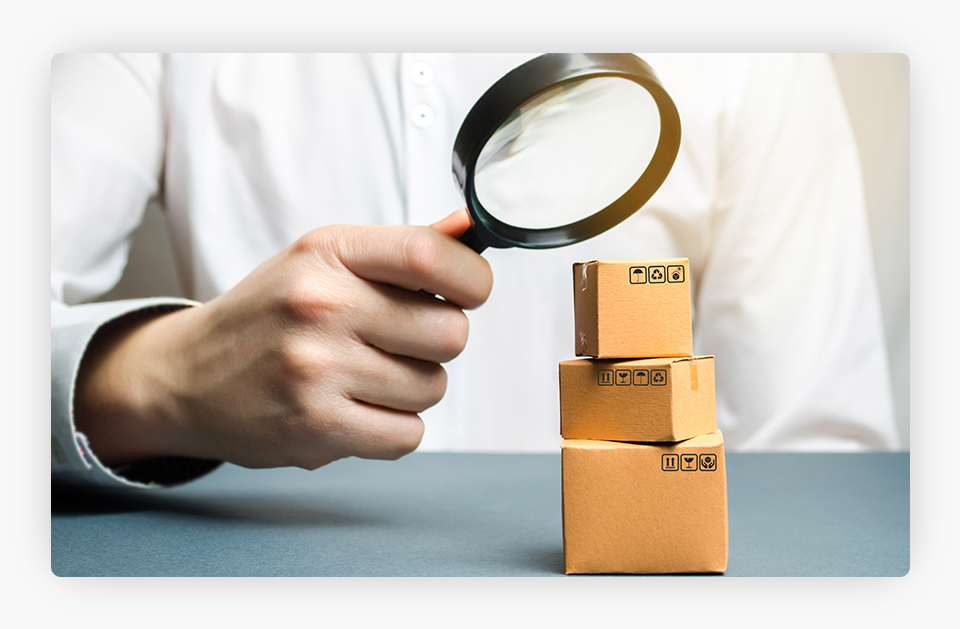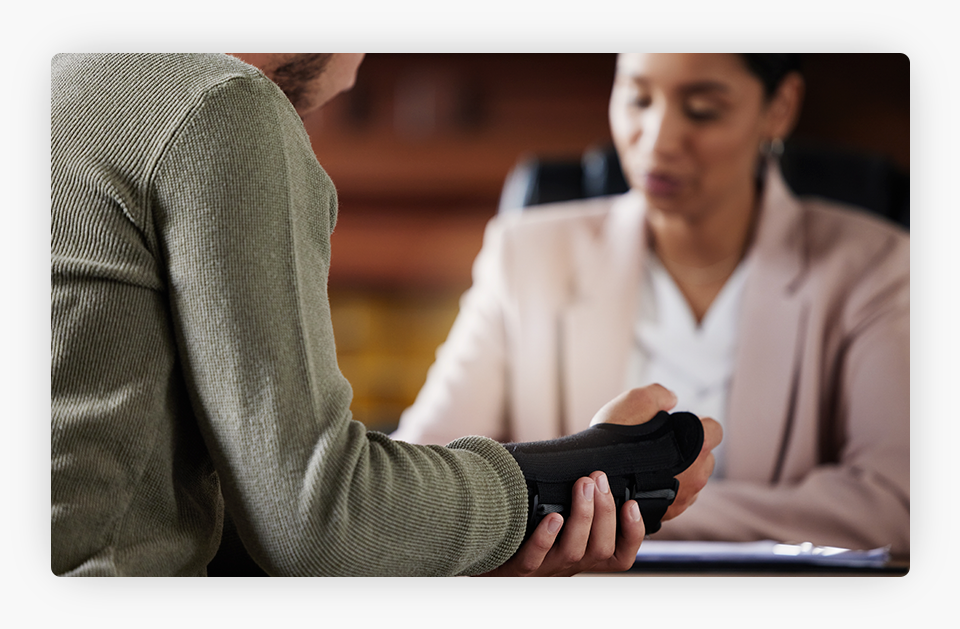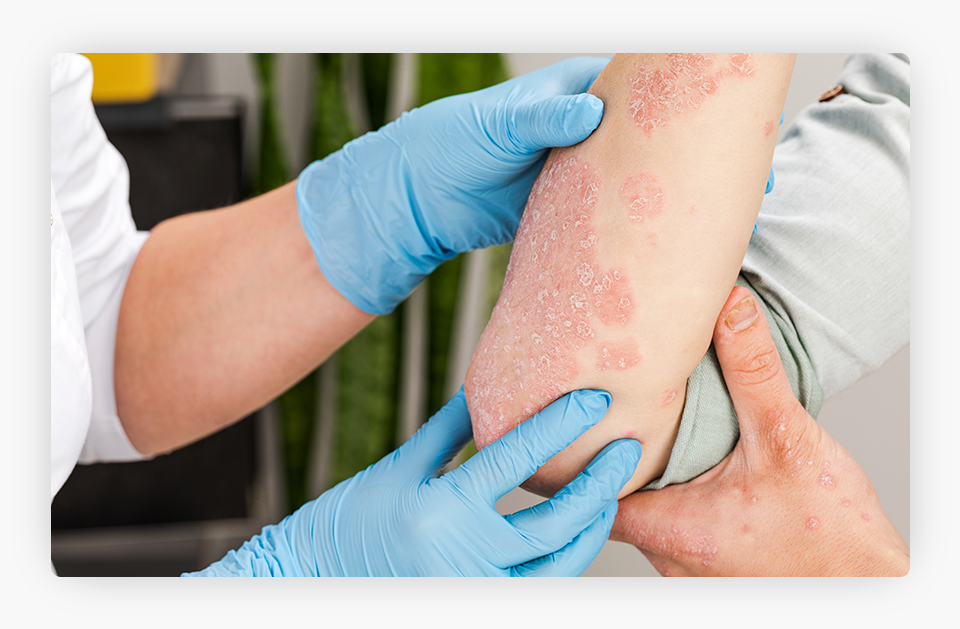We can’t send you updates from Justia Onward without your email.
Unsubscribe at any time.
Consumers and workers use a wide range of products every day, trusting in their safety. Defects in any of these products may cause serious injuries. The Products Liability Law Center at Justia explains the legal options that may be available.
Injuries from defective products may occur in the home, at work, on the road, or elsewhere. These incidents may result in devastating and permanent harm. Fortunately, victims often have legal recourse against the manufacturer and other entities in the chain of distribution of a defective product. These cases may become more complex than ordinary personal injury claims, though. The Products Liability Law Center in the Justia Legal Guides aims to illuminate this area of the law, helping injured people protect their rights.

What Is the Difference Between Negligence and Strict Liability?
Negligence involves showing that the manufacturer or other defendant failed to use appropriate care. Strict liability does not require any proof of carelessness, potentially making it easier for a plaintiff to prove liability. They would need to show only that a defect existed and that it caused their injury. A plaintiff may raise both theories if state law and the facts of the case permit.
What Is the Difference Between a Manufacturing Defect and a Design Defect?
A manufacturing defect means that an error occurred during the process of making a product. In other words, it deviated from the intended design. These defects tend to affect only a single item or a limited group of items. In contrast, a design defect tends to affect all the products of a particular type or line. This involves a problem with the blueprint of the product that makes it unreasonably dangerous. Sometimes a plaintiff also would need to show that the manufacturer could have used a reasonable alternative design.
What Warnings Does a Manufacturer Need To Provide?
A manufacturer generally needs to provide warnings about a non-obvious risk associated with a reasonably foreseeable use of the product. It does not need to warn about a risk that should be clear to an ordinary person using common sense, or about a risk that might arise if a consumer uses a product in a completely unexpected way. Sometimes a manufacturer may not place a warning directly on a product. A warning on packaging or in a manual may or may not be adequate, depending on the circumstances.
What Is the Difference Between an Express Warranty and an Implied Warranty?
An express warranty is usually a specific guarantee by a seller that a product will perform in a certain way. This may involve an oral promise or a provision in a sales contract. Implied warranties exist without any explicit statement. The implied warranty of merchantability means that the product is fit for the purpose for which it is sold. An implied warranty of fitness arises when someone buys a product for a certain purpose, and the seller knows about the purpose and knows that the purchaser relies on the seller’s assistance in choosing the product.

What Is My Products Liability Case Worth?
A plaintiff who prevails in a products liability case may recover compensatory damages, which include economic and non-economic damages. Economic damages may include past and future medical bills, past and future lost income, household modifications, and other costs resulting from the accident. Non-economic damages account for pain and suffering and other intangible harm, which may be more challenging to calculate. Sometimes punitive damages also may be available if the defendant engaged in egregious misconduct.
What Happens When a Defendant Cannot Pay?
A plaintiff may have recourse when multiple defendants are liable, but not all of them can pay their shares of the damages award. A rule called “joint and several liability” allows a plaintiff to recover all the damages from any liable defendant. (That defendant then can pursue reimbursement from the other defendants.) Some states make a defendant liable for the full amount of damages only if they were at least 50 percent at fault, though, or impose other limits on when the rule applies.
How Long Do I Have To File a Products Liability Case?
You must bring a products liability case within the statute of limitations, which often lasts for 1-4 years after an injury. However, a “discovery rule” may provide that the statute of limitations starts running when the victim discovers or reasonably should discover that they suffered an injury from a defective product. Some states also have statutes of repose, which may provide an absolute barrier to bringing a lawsuit once a certain time has expired after the product was sold.

Can I Sue for Injuries Caused by Chemical Exposure?
Yes, you can potentially sue for harm caused by exposure to chemicals or other hazardous substances. These toxic tort cases often proceed as class actions, since many people may have suffered the same type of harm from the same substance. Plaintiffs would need to prove that they sustained an injury or developed an illness because of their exposure to a substance that posed certain risks. Defendants in these cases may include product and equipment manufacturers, distributors, storage and shipping entities, and sometimes property owners.
Why Might the FDA Recall a Drug?
The FDA may tell a manufacturer to recall a drug if it turns out that the drug poses a risk of serious side effects that were not previously known. It also might start the recall process if there is a safer alternative to a drug, or if people are using the drug in an unauthorized and dangerous way. A manufacturer also may trigger a recall of a dangerous drug, while informing the FDA and possibly reporting to the FDA as the process unfolds.
Are Faulty Brakes a Defense to a Rear-End Collision?
Most often, the rear driver caused a rear-end collision because they followed the front car too closely. Some states even have a legal presumption to this effect. However, the rear driver may avoid liability if their vehicle had defective brakes. To preserve this defense, they should have the car towed to a garage and inspected rather than driving away from the scene. The mechanic then can identify and document any problem with the brakes. On the other hand, a driver will remain liable if they knew about the defective brakes but did not promptly get them repaired.
Final Thoughts
Products liability cases may involve massive amounts of damages and affect the overall reputation of a company. Defendants tend to fight these cases vigorously whenever possible. Moreover, proving liability may require presenting sophisticated arguments and evidence, such as expert testimony. Thus, an injured person considering a lawsuit should consult a products liability lawyer about their potential next steps. In the meantime, the Products Liability Law Center offers a readable overview of some key concepts in this area. Like the other Justia Legal Guides, it furthers our mission of making the law free and accessible to all.
Related Posts